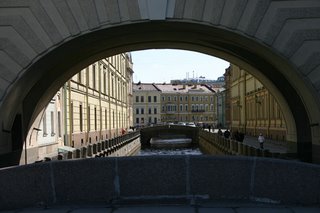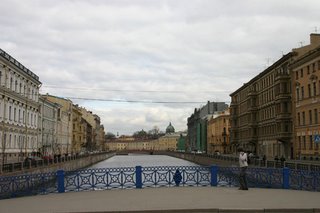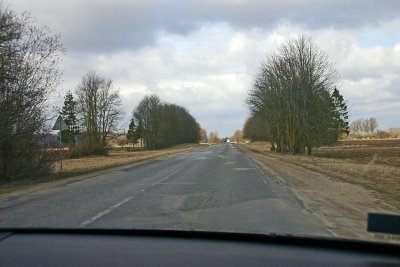
The town of Siauliai was founded about 1230, and in the following century was occupied by Teutonic knights. Lithuanians started showing their resistance to these occupiers by planting crucifixes on this hill at Kryži Kalnas just outside the town and a tradition was started.

Later invaded by Russia and then divided up under a Poland partition the Hill of Crosses became an enduring place for Lithuanians to show their faith and their resistance.

From 1944 to 1991 Lituania was officially part of the USSR and local objections to such 'management' manifested themselves in the placing of more and more crucifixes at this site.
For 40years the Soviets tried to stop this practice. They broke stone crosses, burnt wooden ones, and melted down metal ones. But they could not break, burn or melt the people.
I am told by a local resident that people who removed crucifixes often died within a few months - almost as though their actions cursed them.
Today the hill has become filled with crucifixes, and several places around have had to be colonised with crucifixes. Every visitor can buy a crucifix and afix it to another to add to the millions that already stand against religious oppression.

Lithuanians also have a distinctive design of crucifix which often has a little figure below the cross beams who stands on each of the four sides of the cross - he is looking out for and keeping the owner of the cross safe from bad times.














































